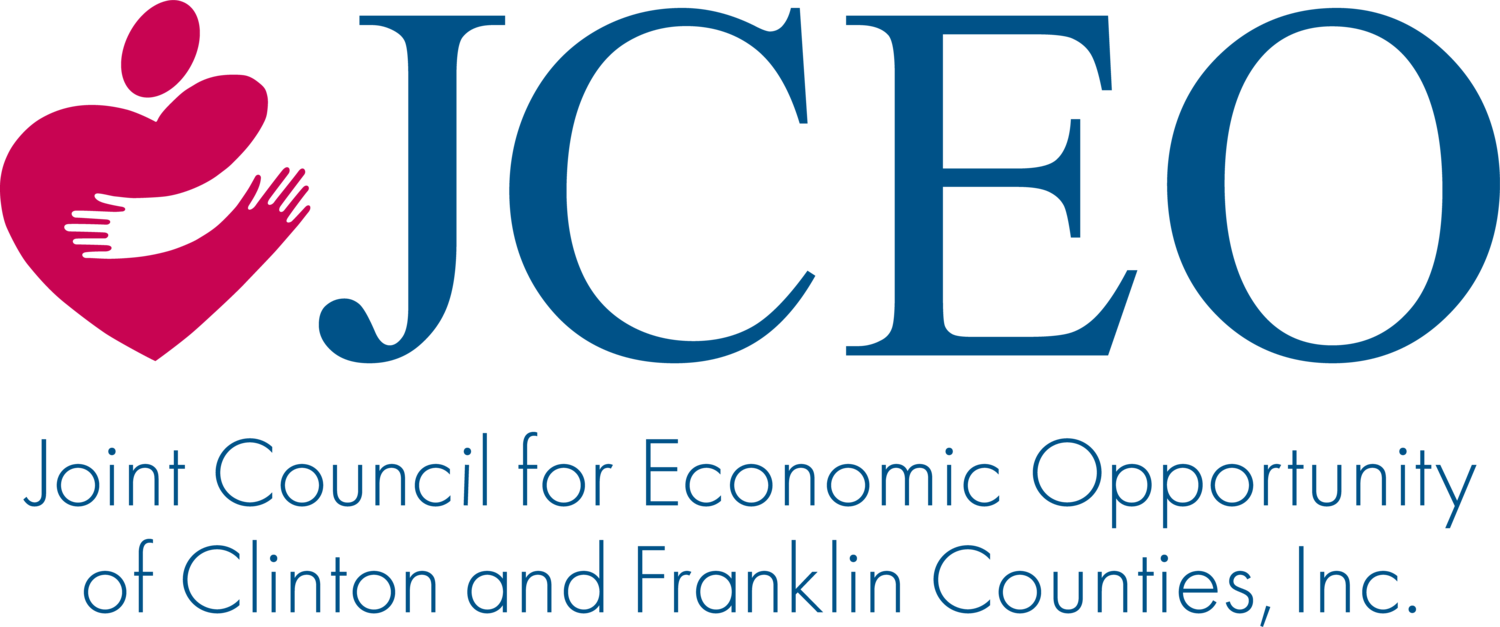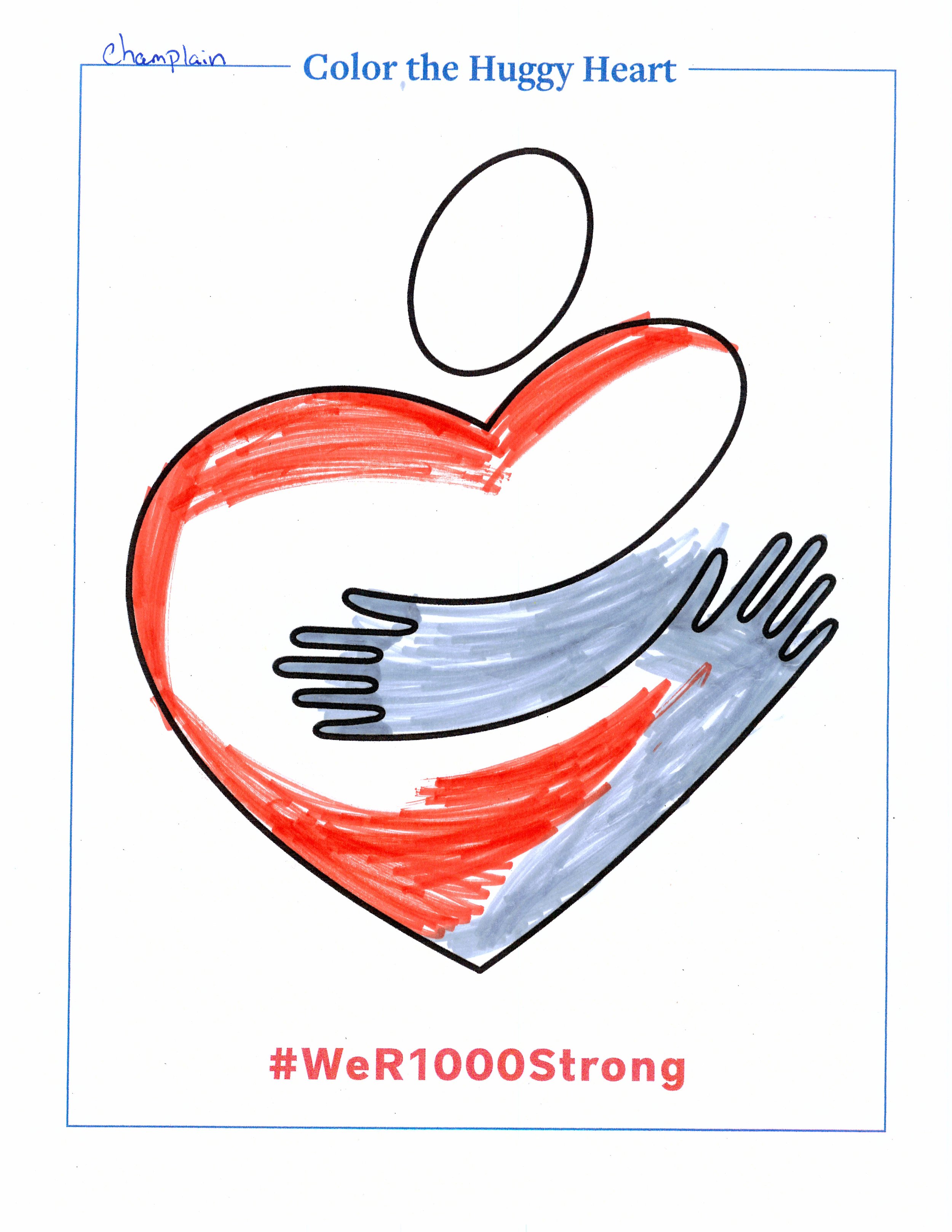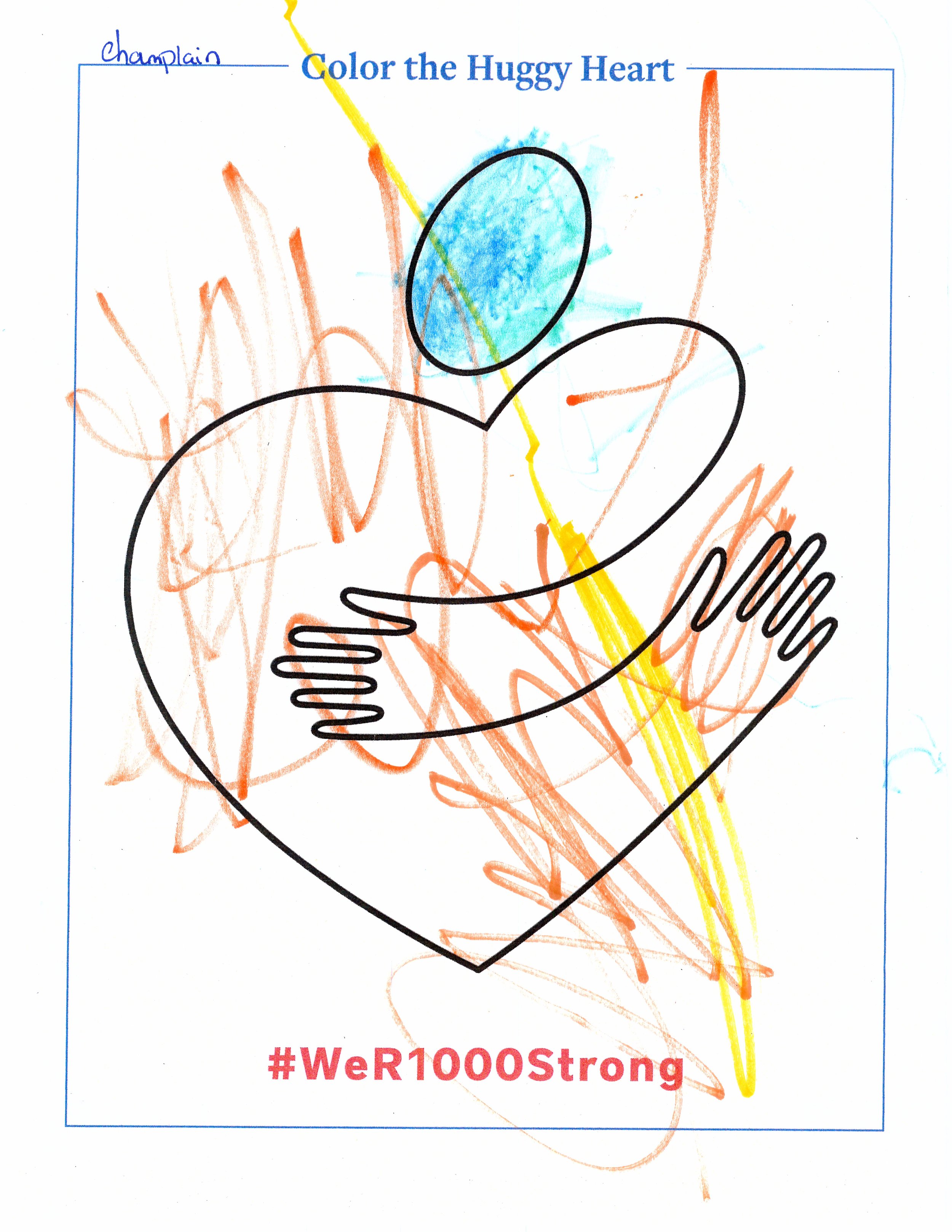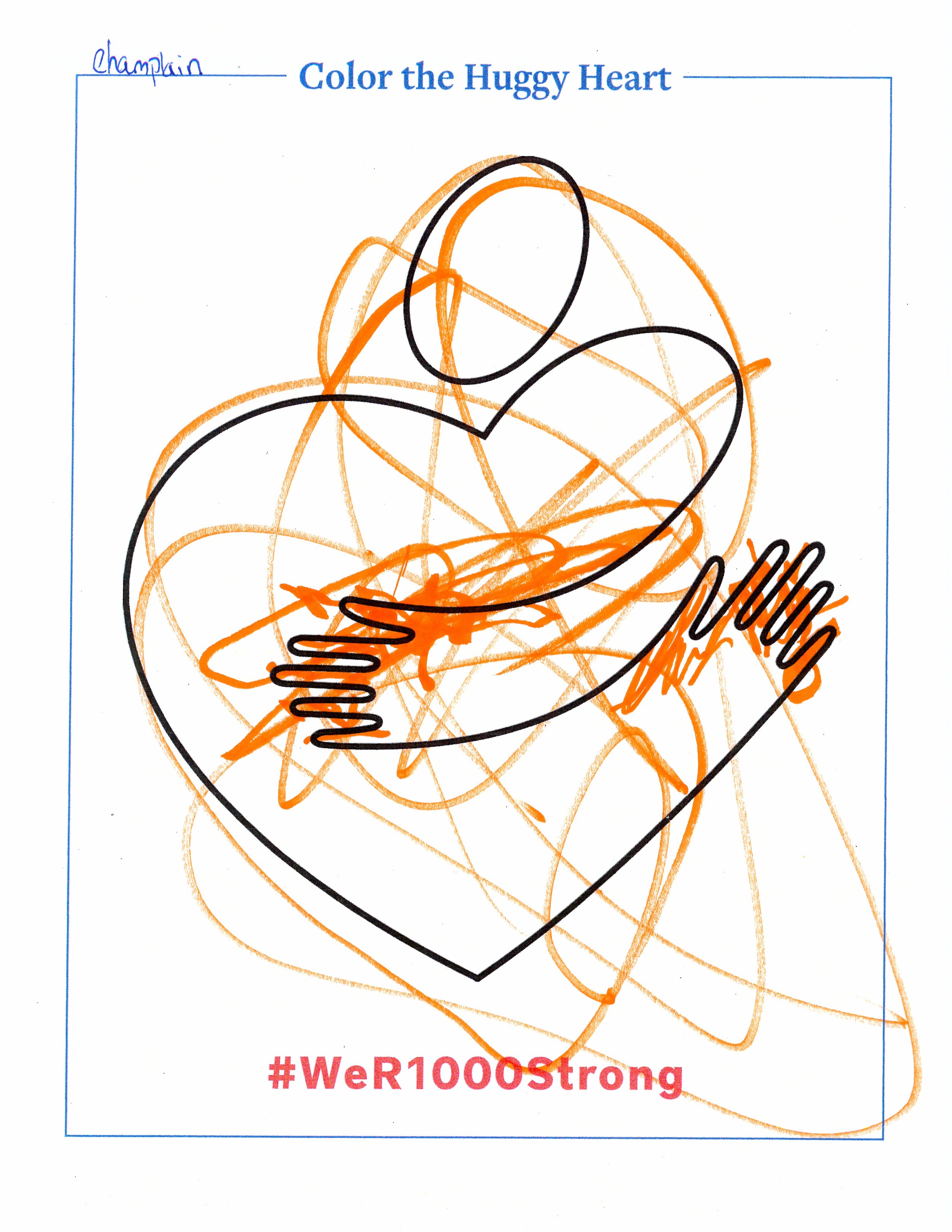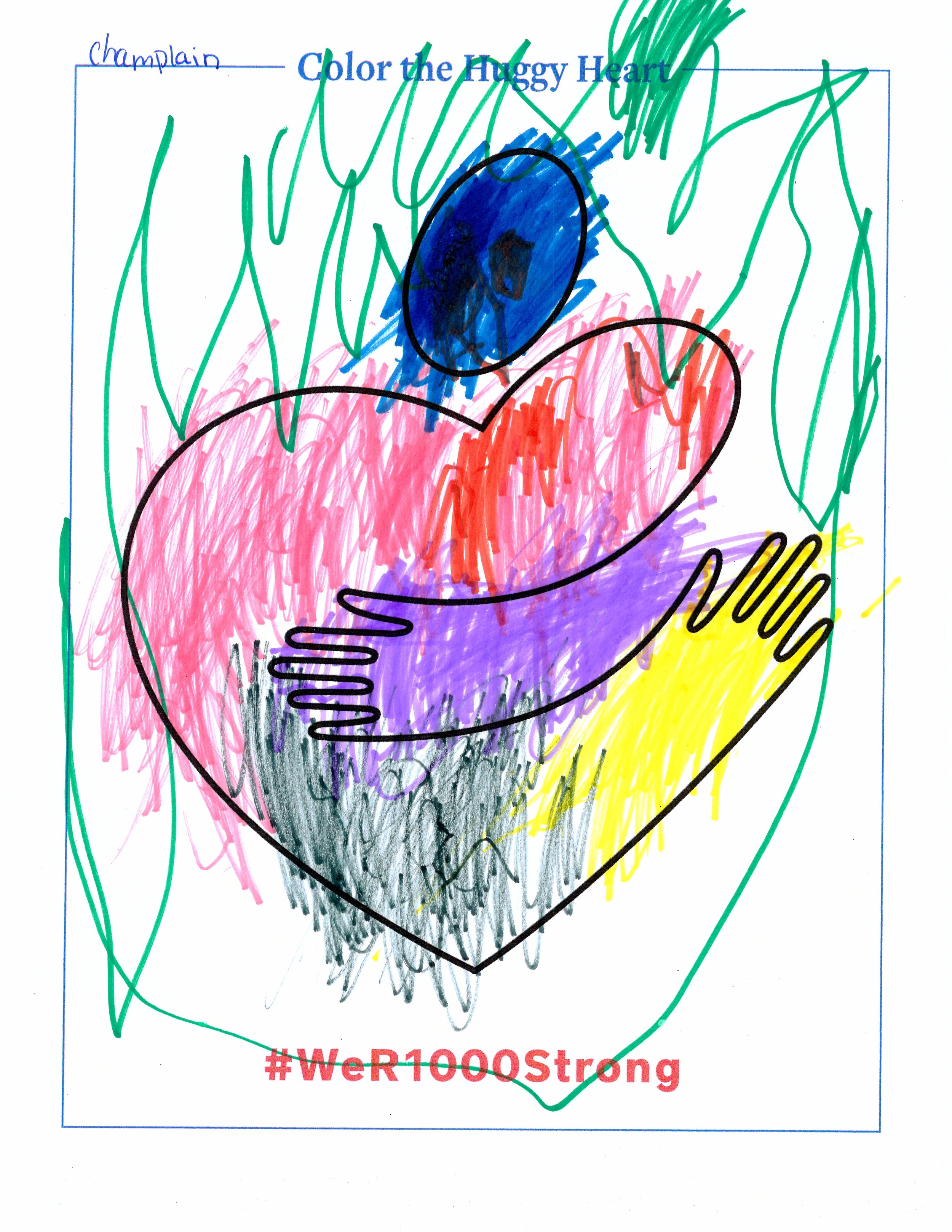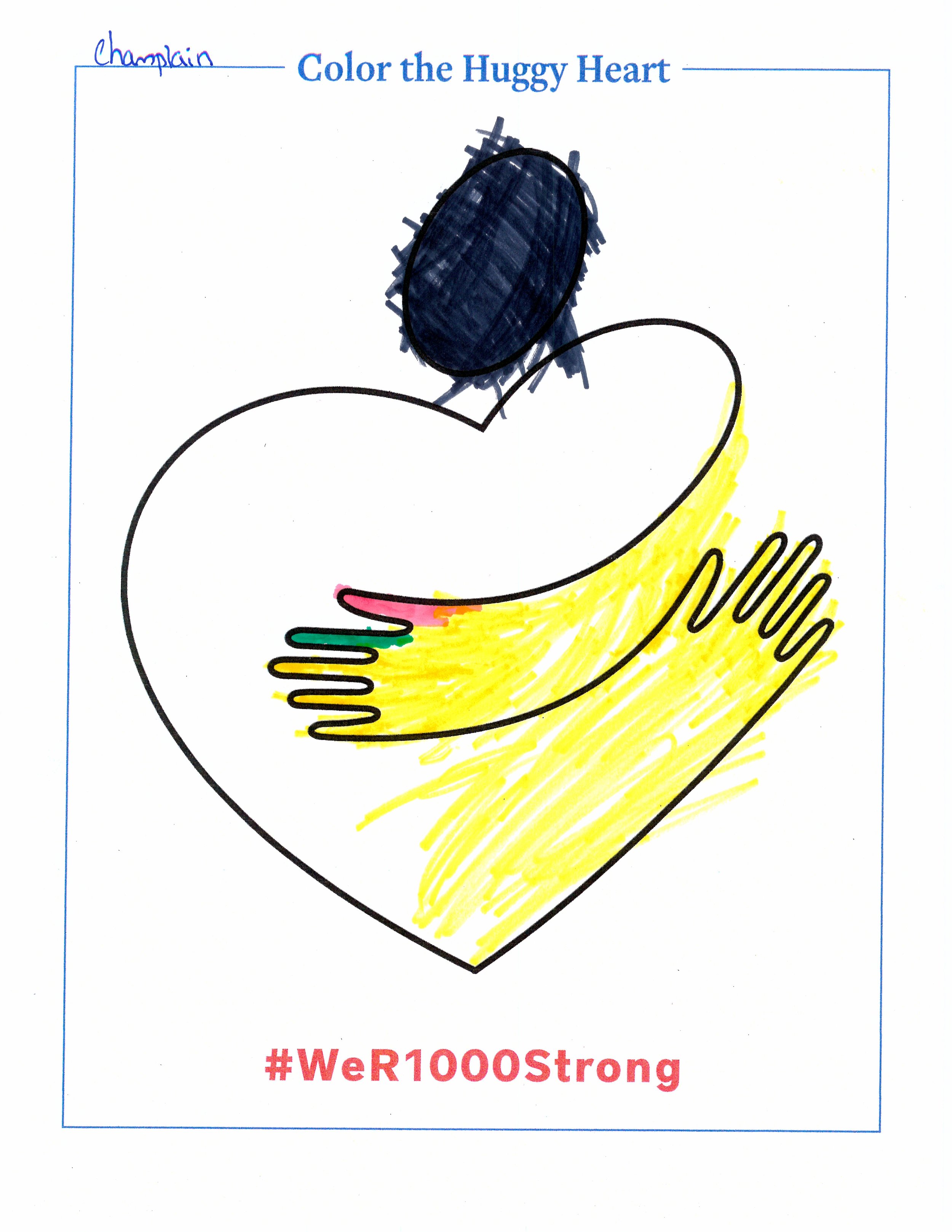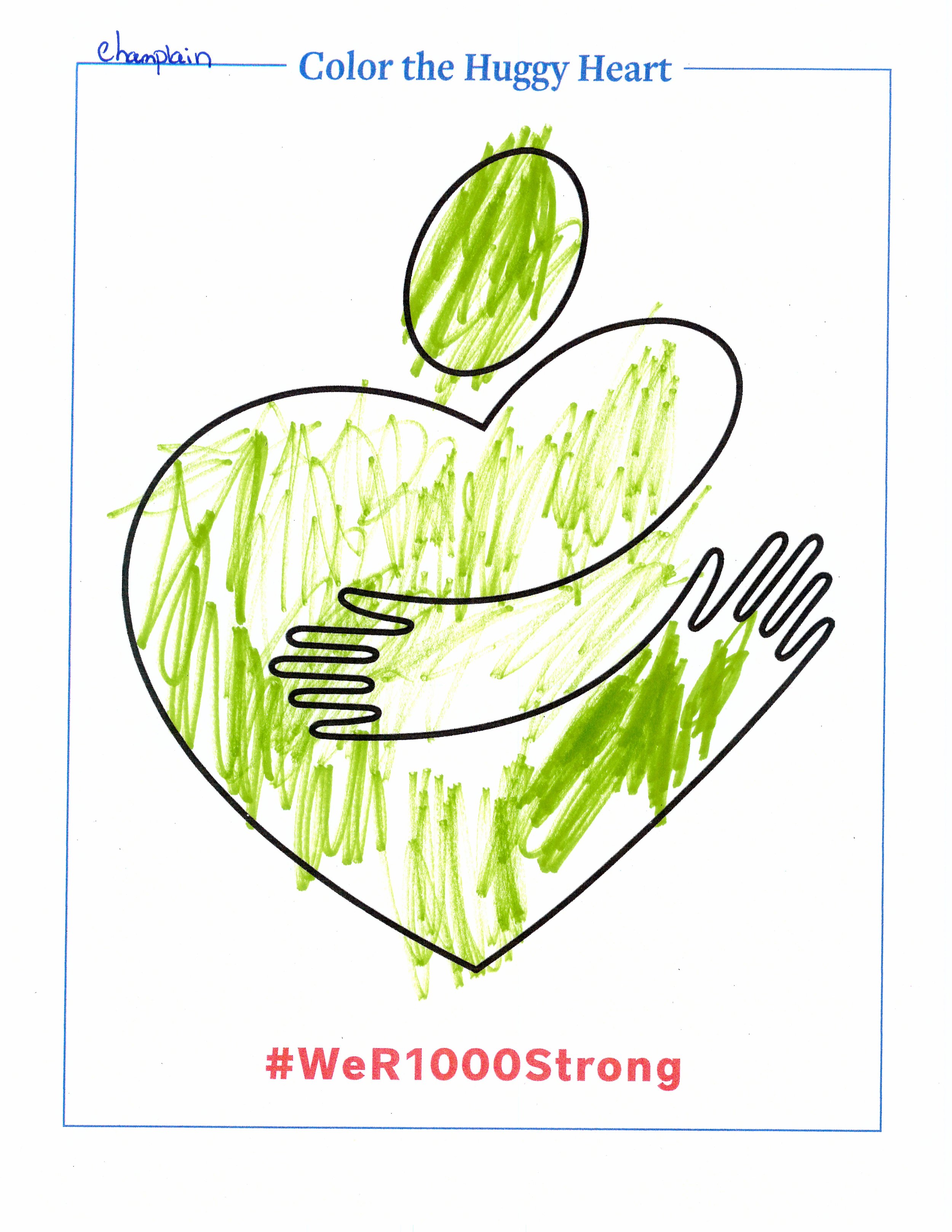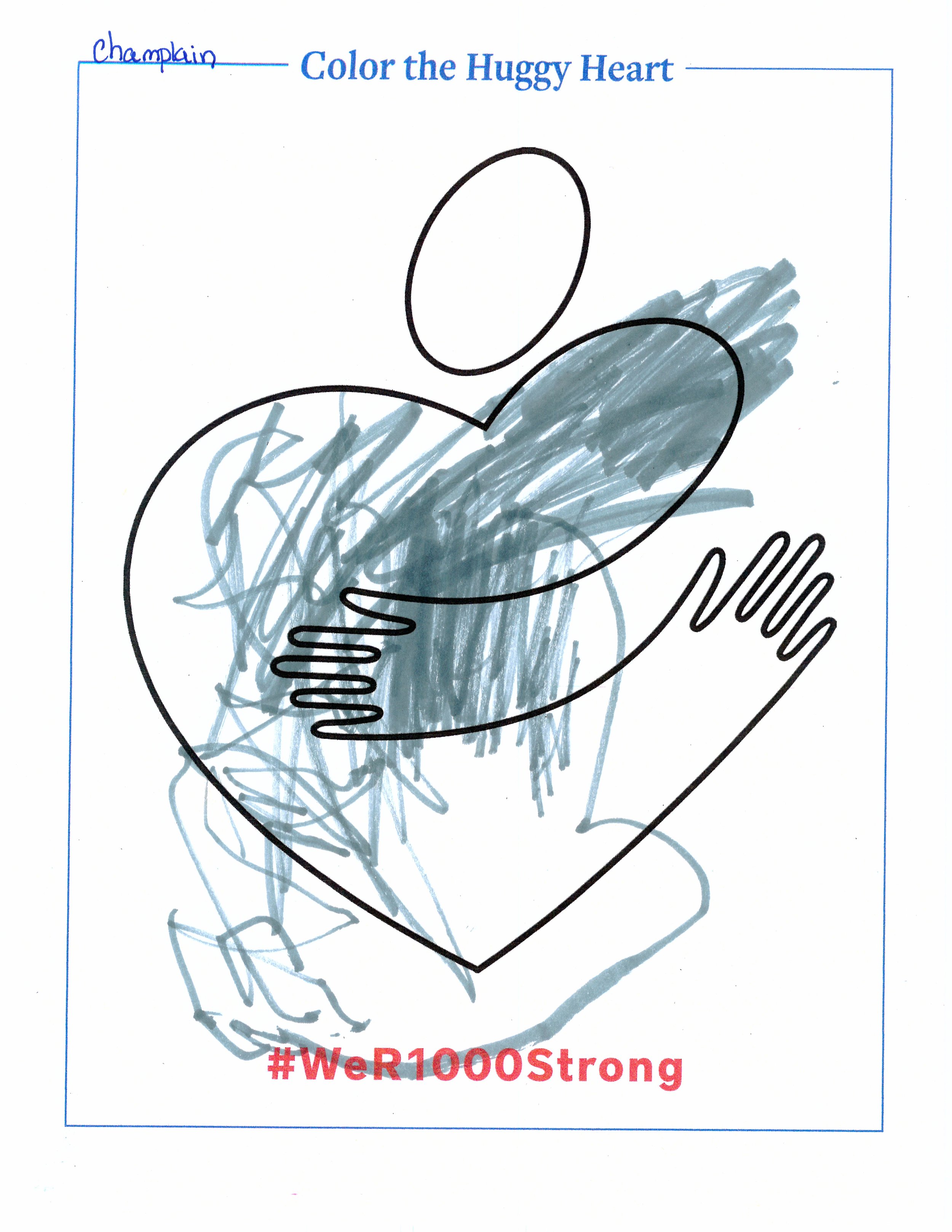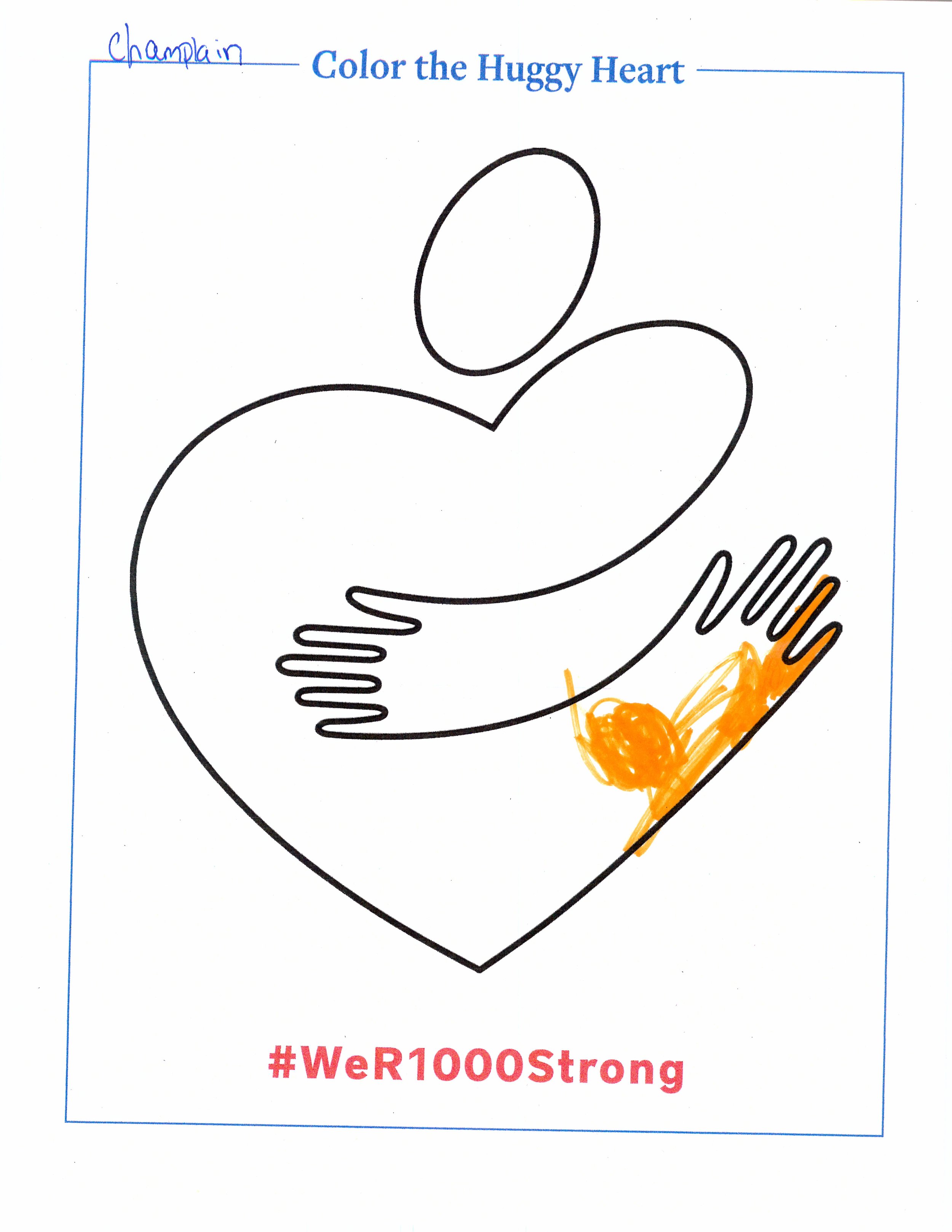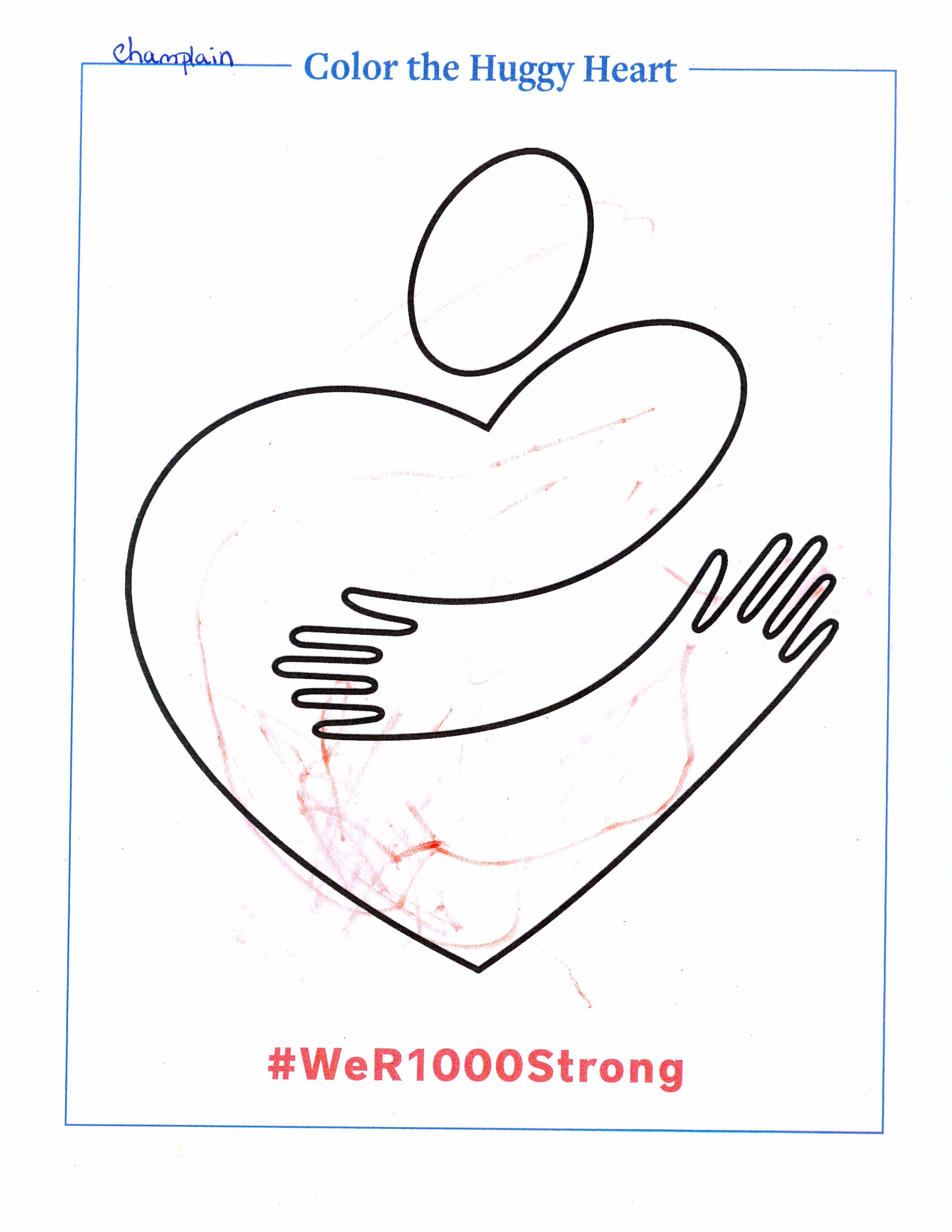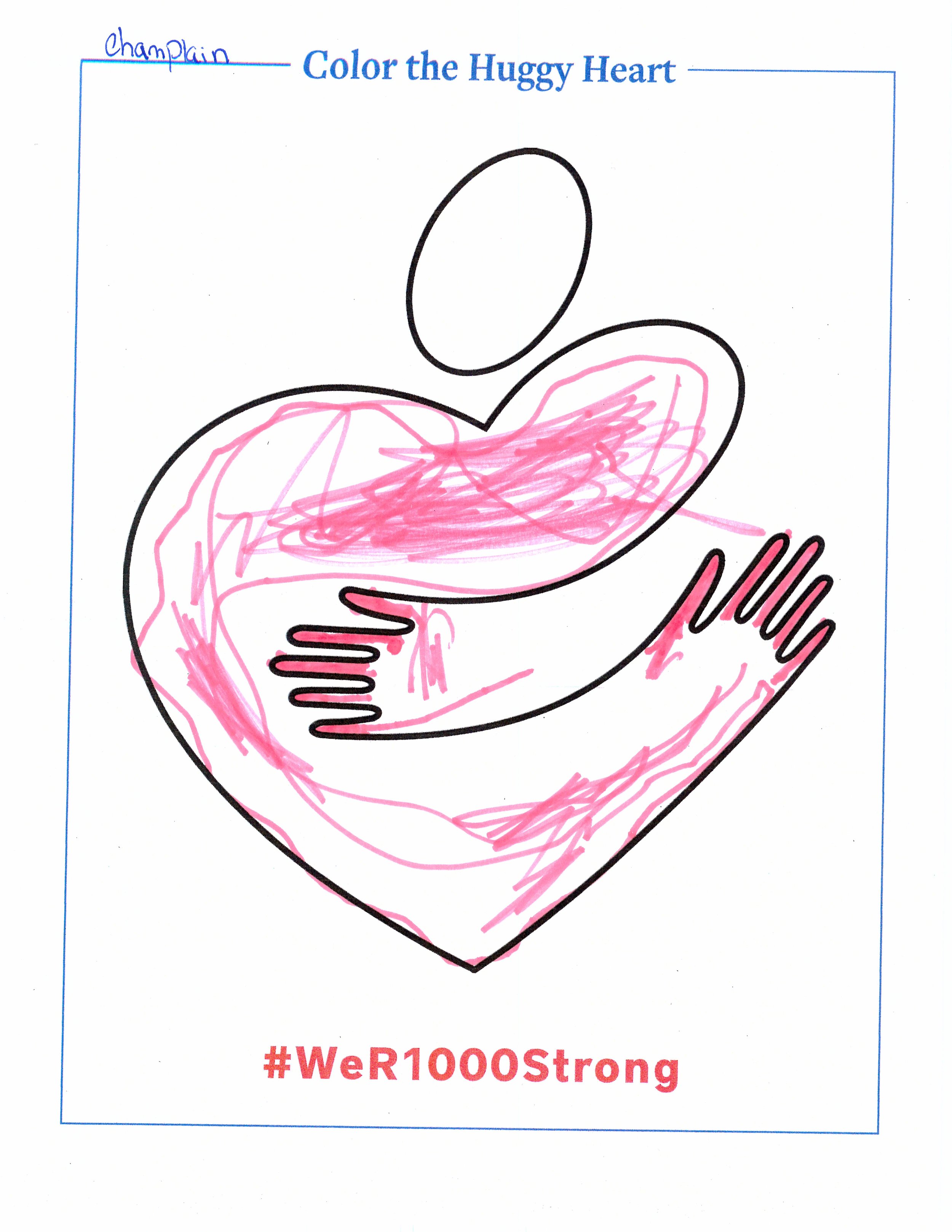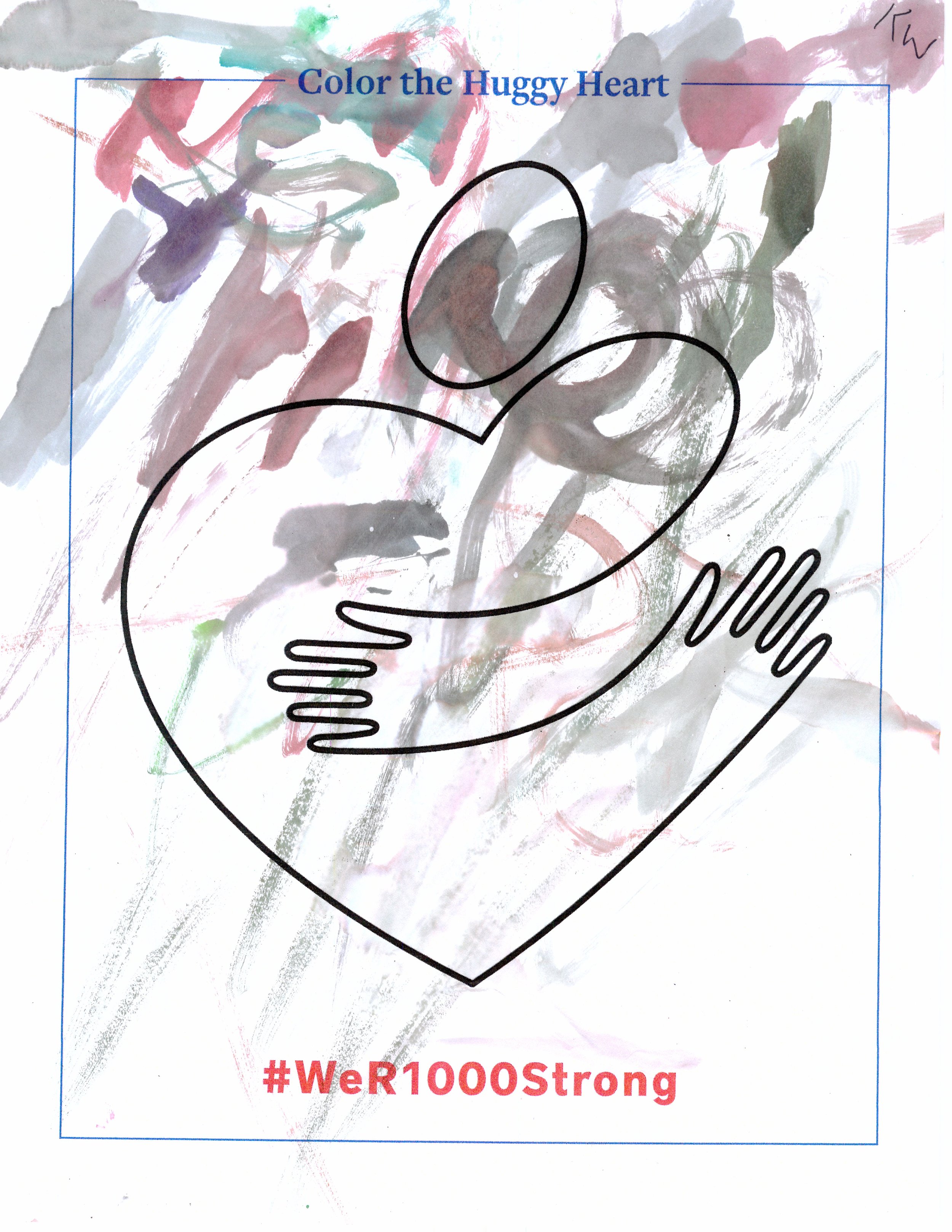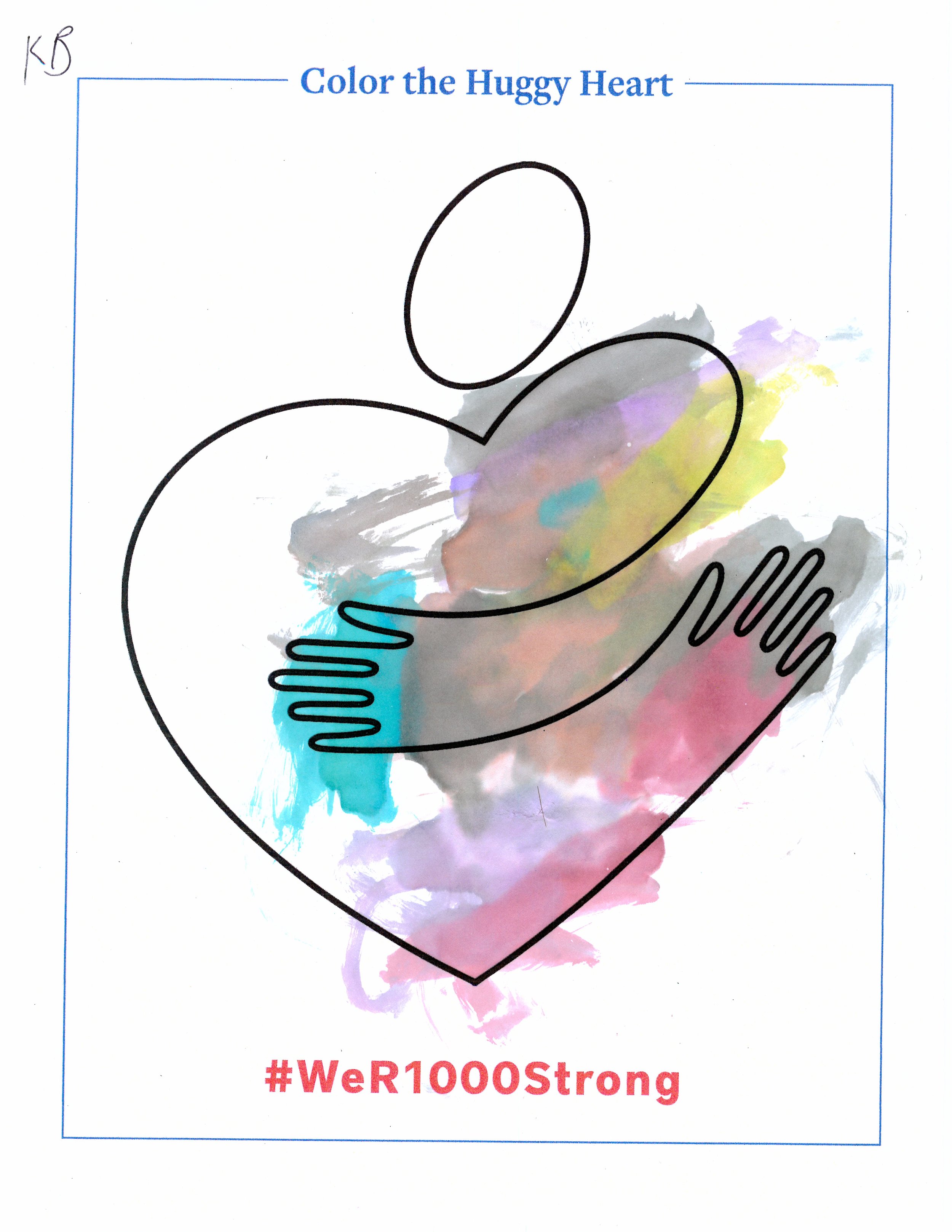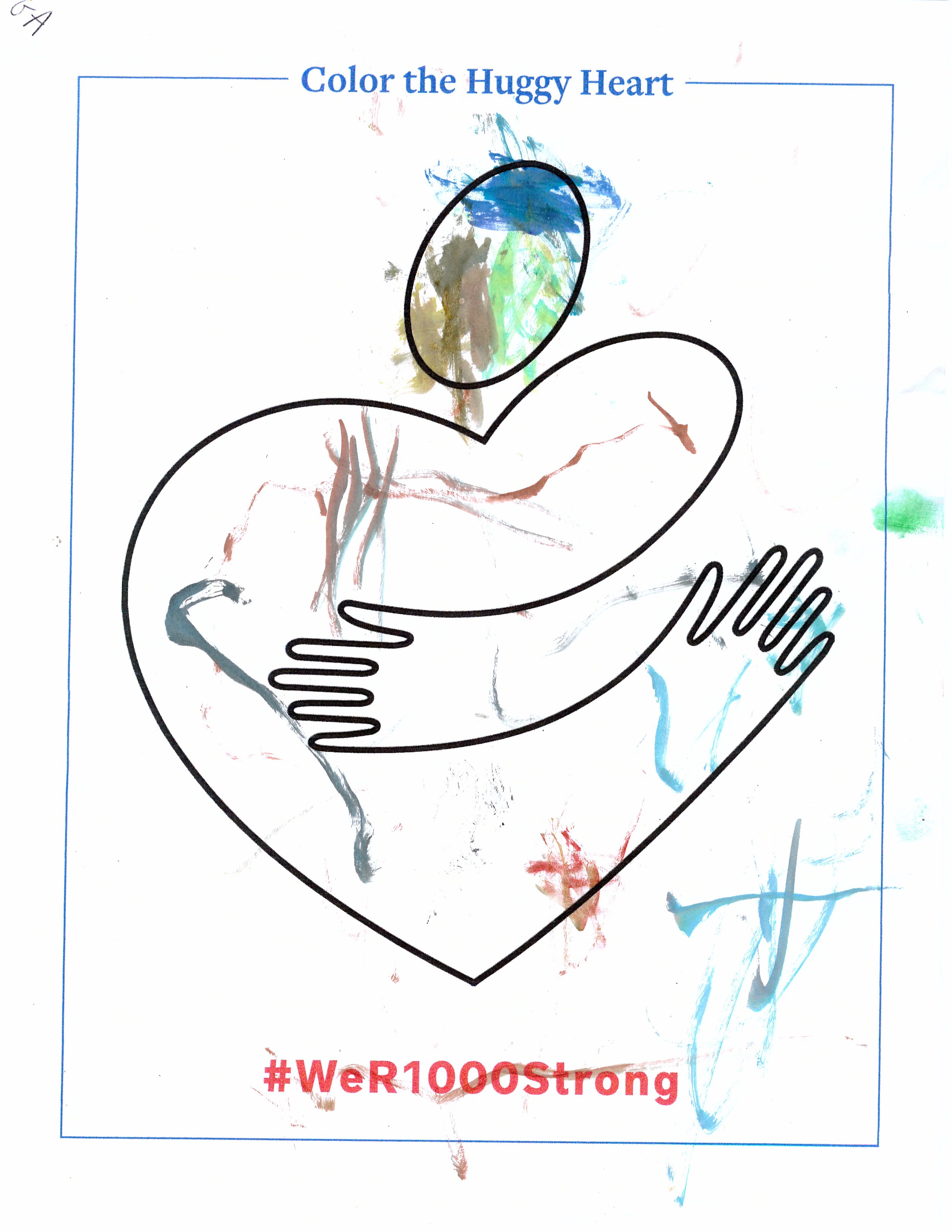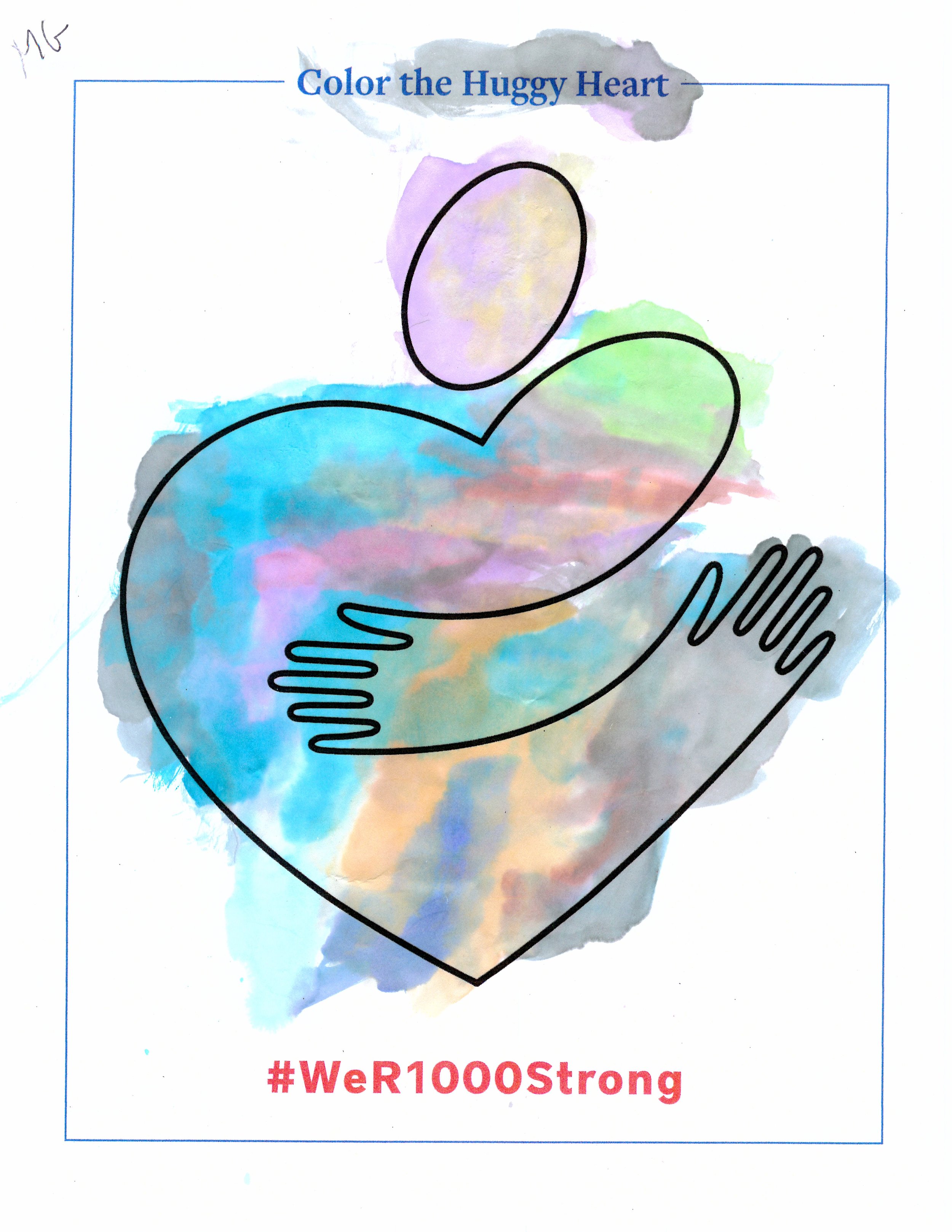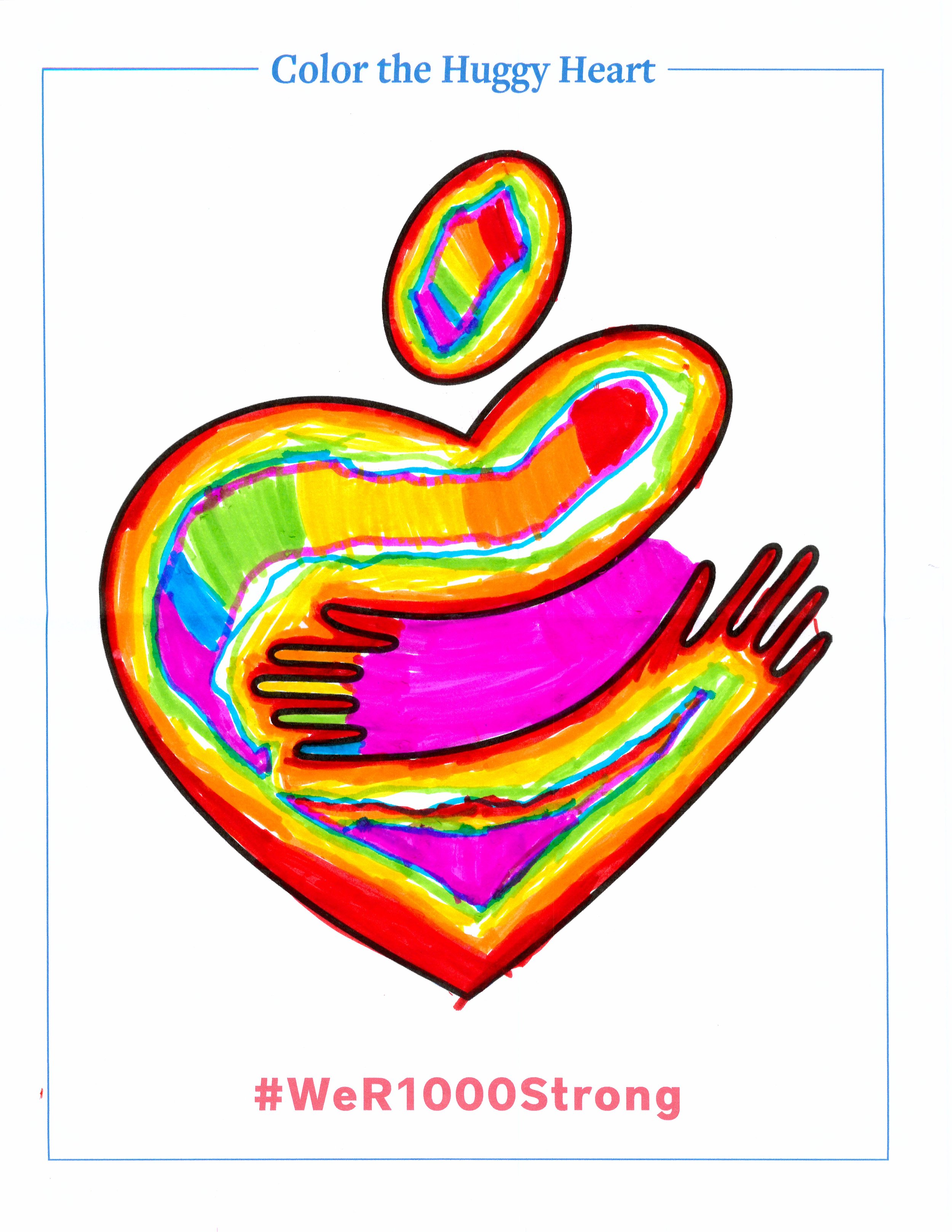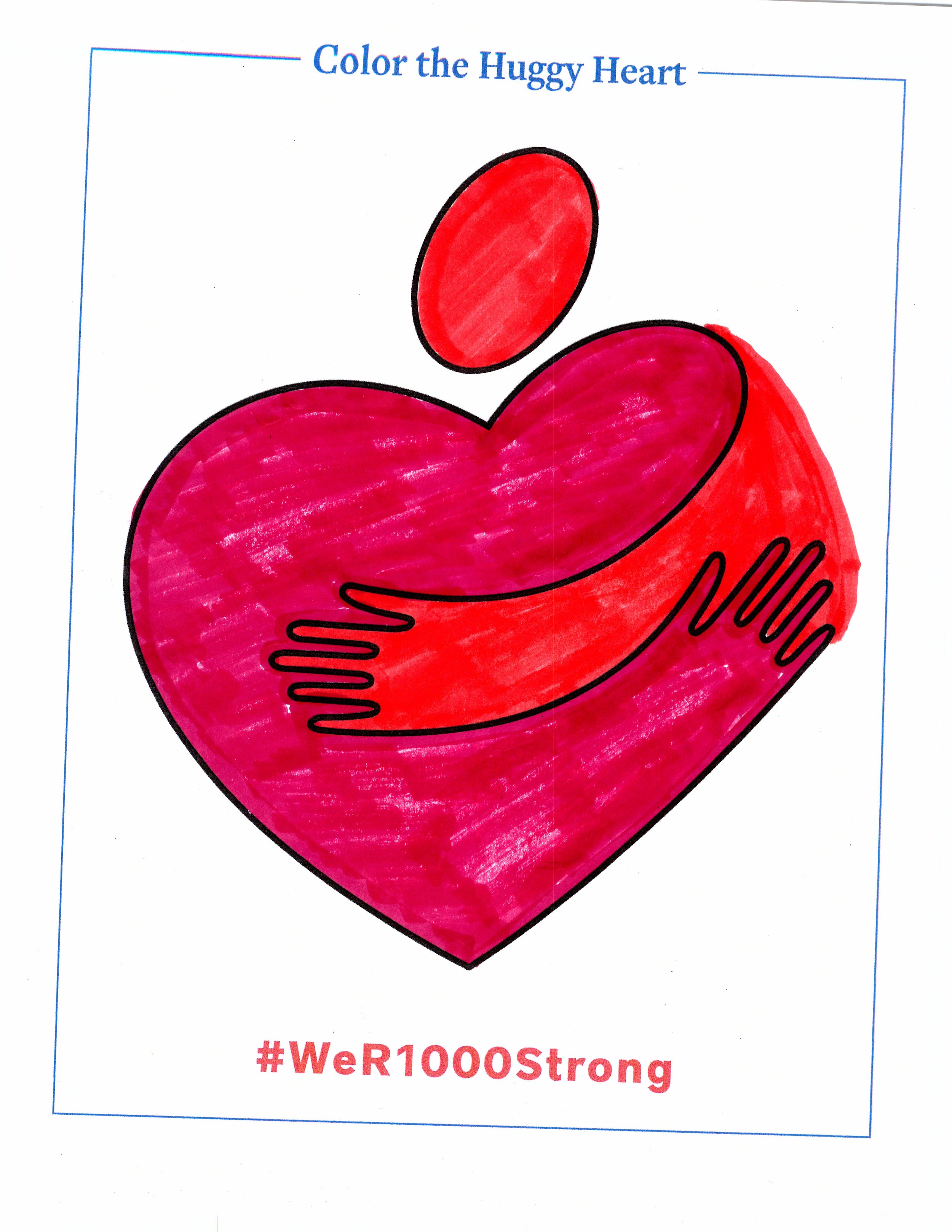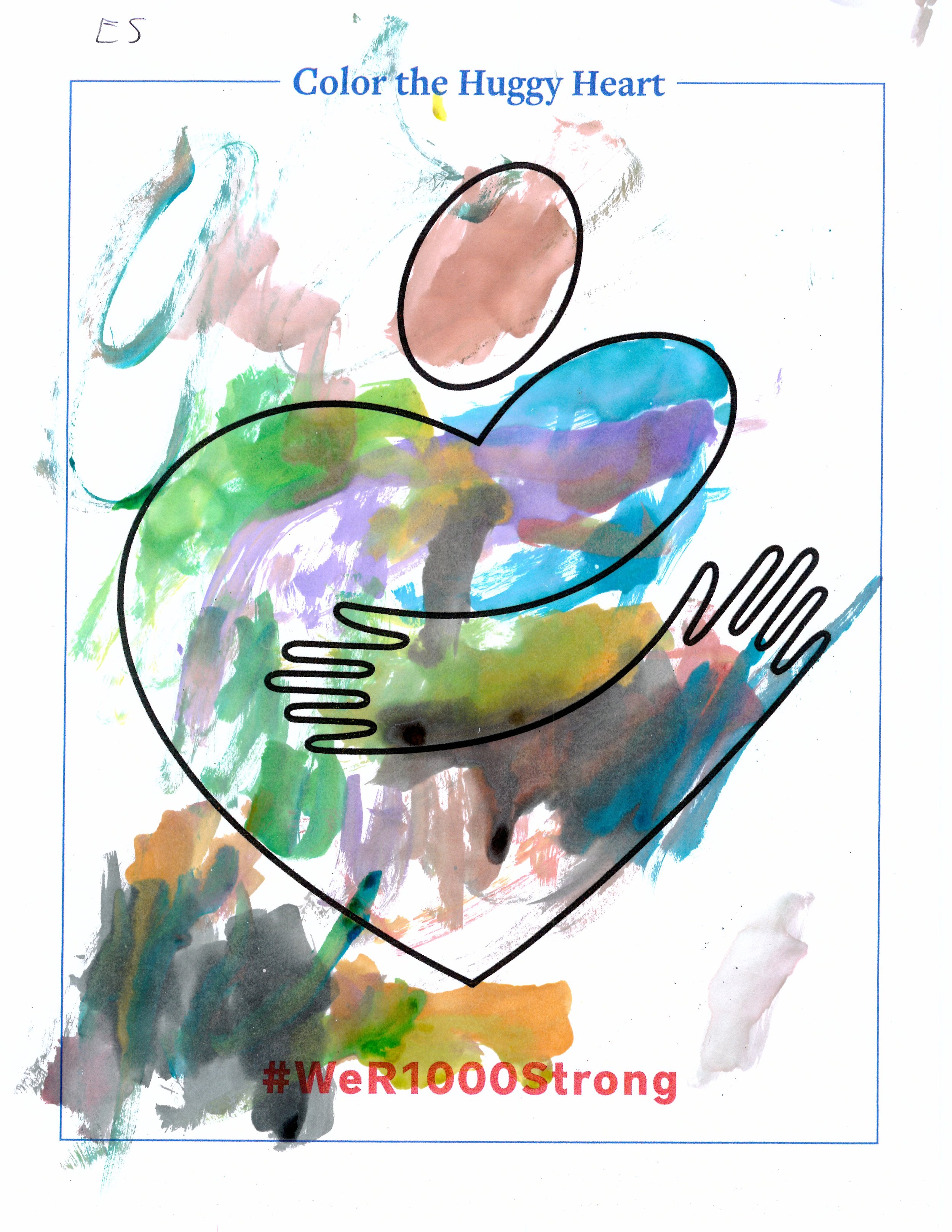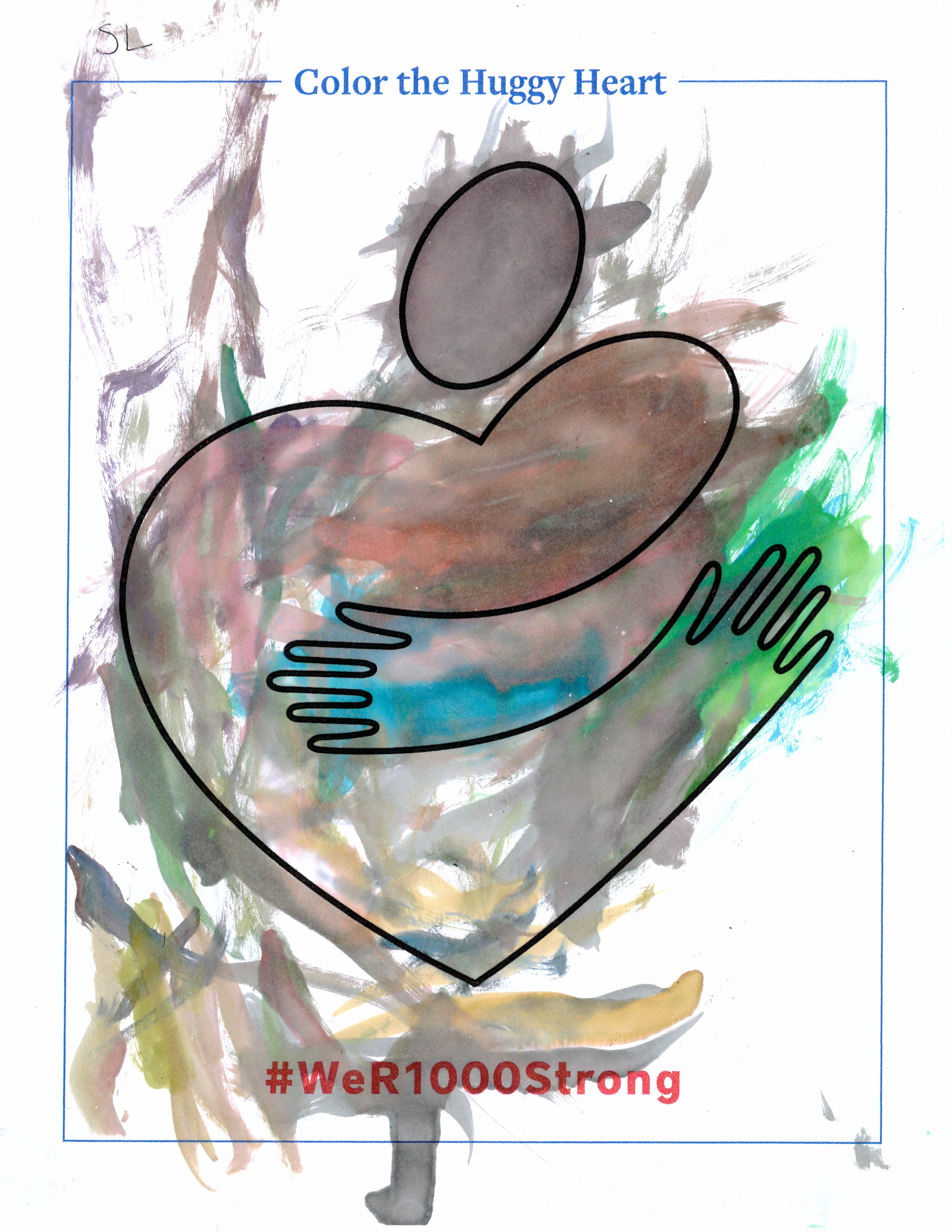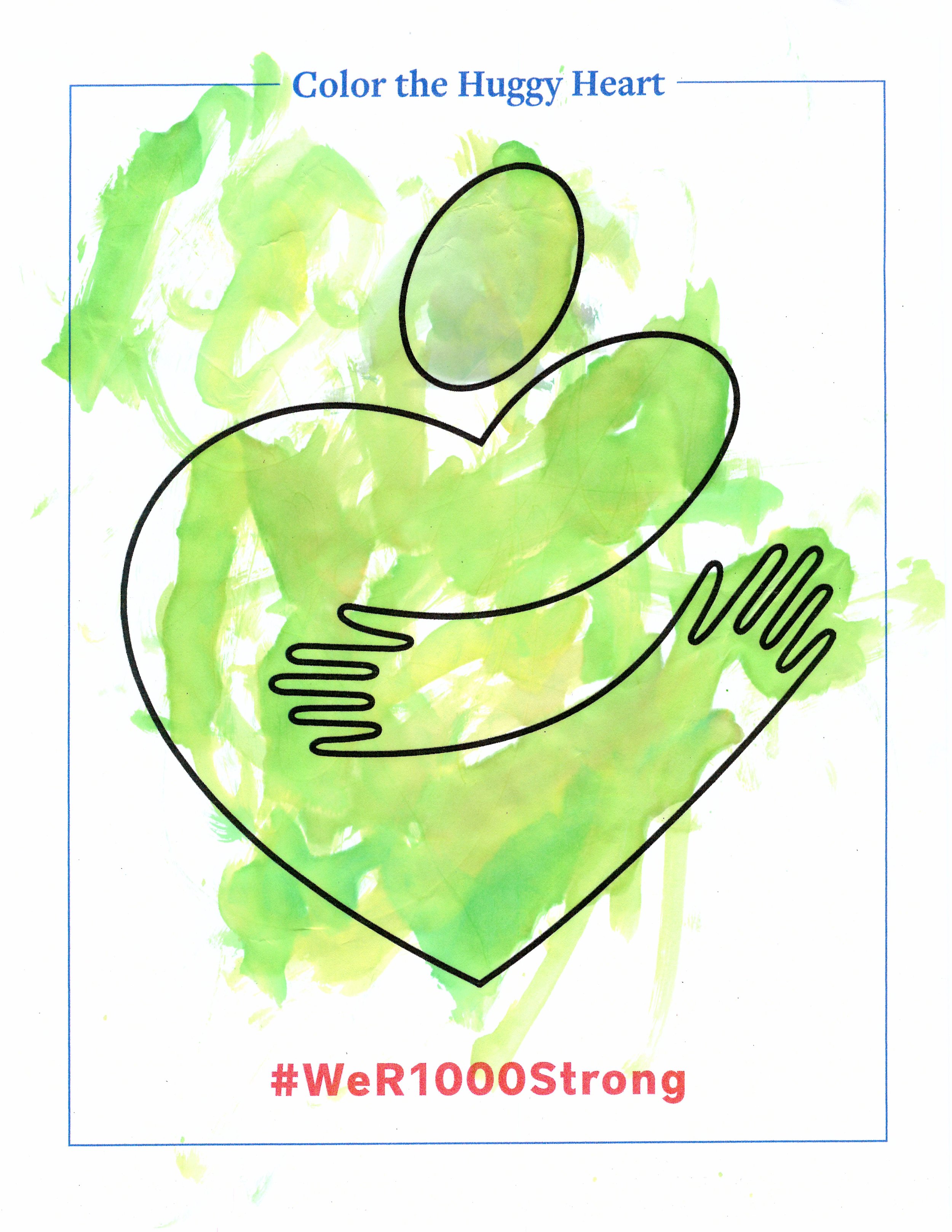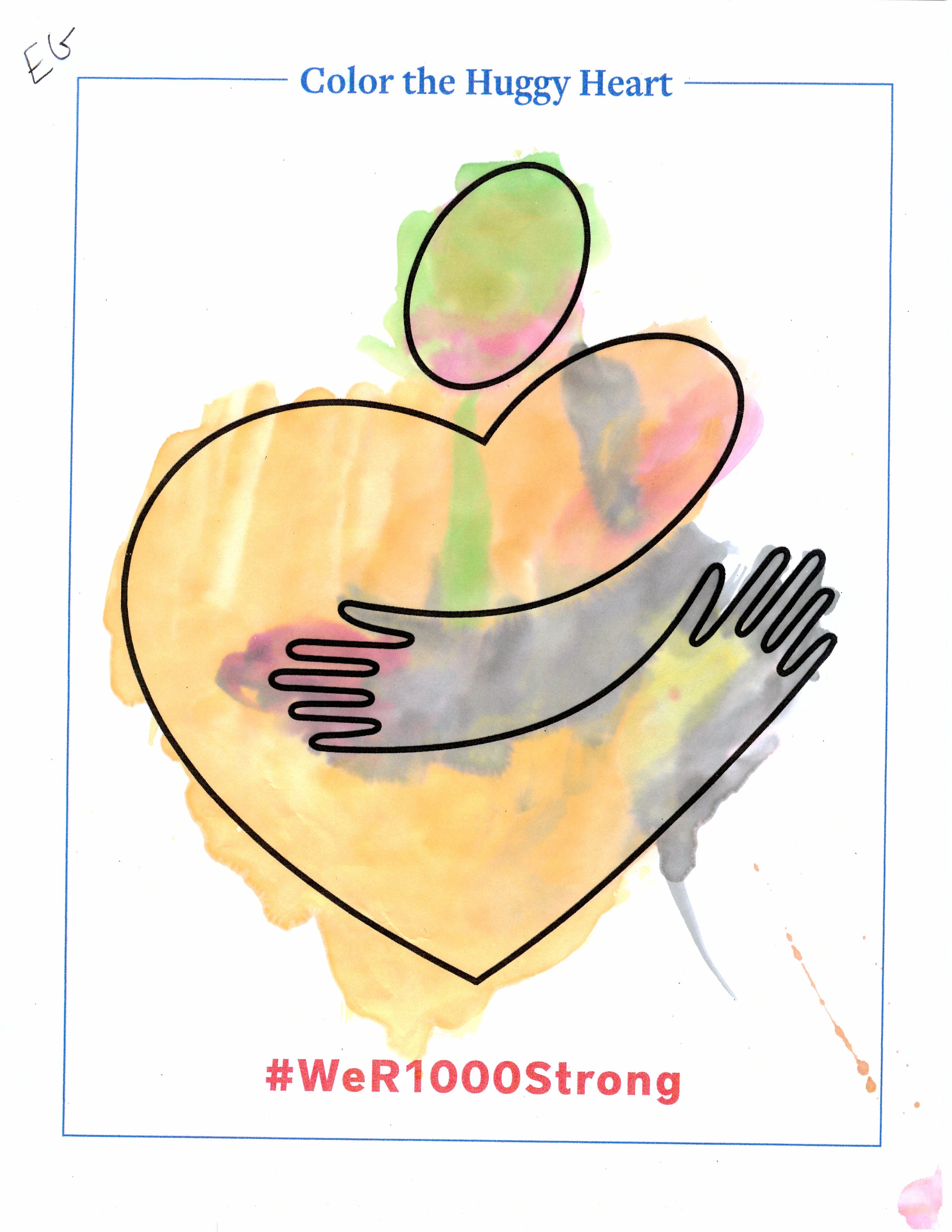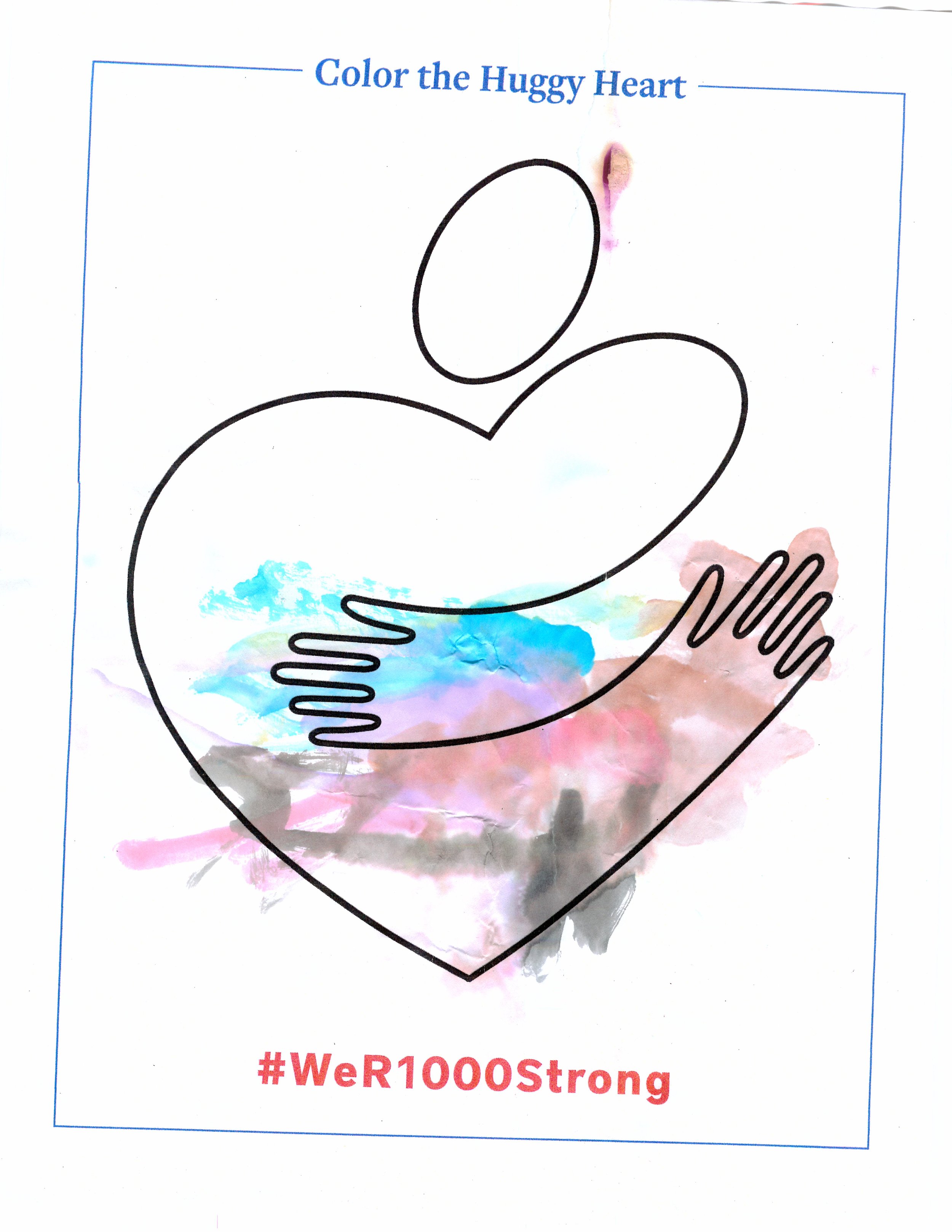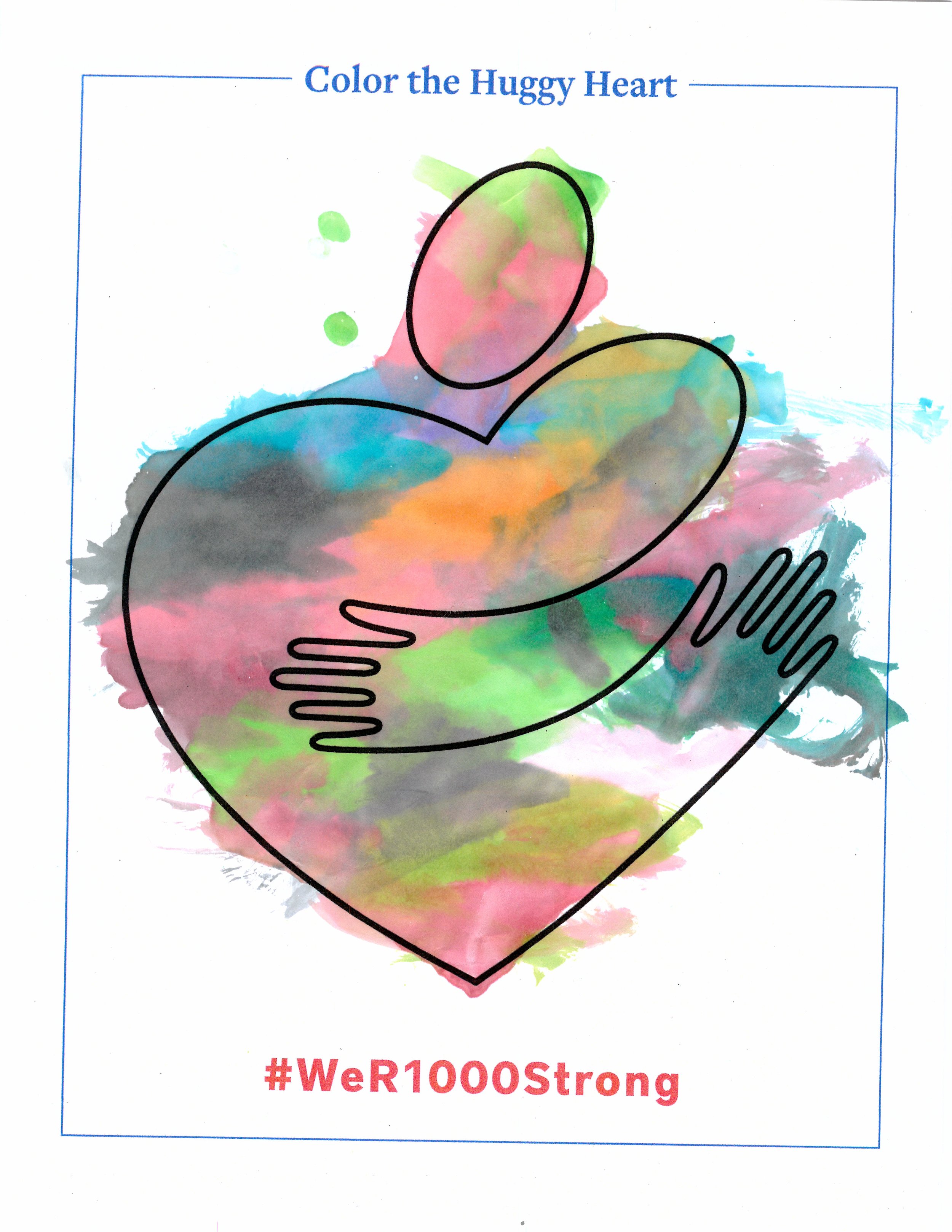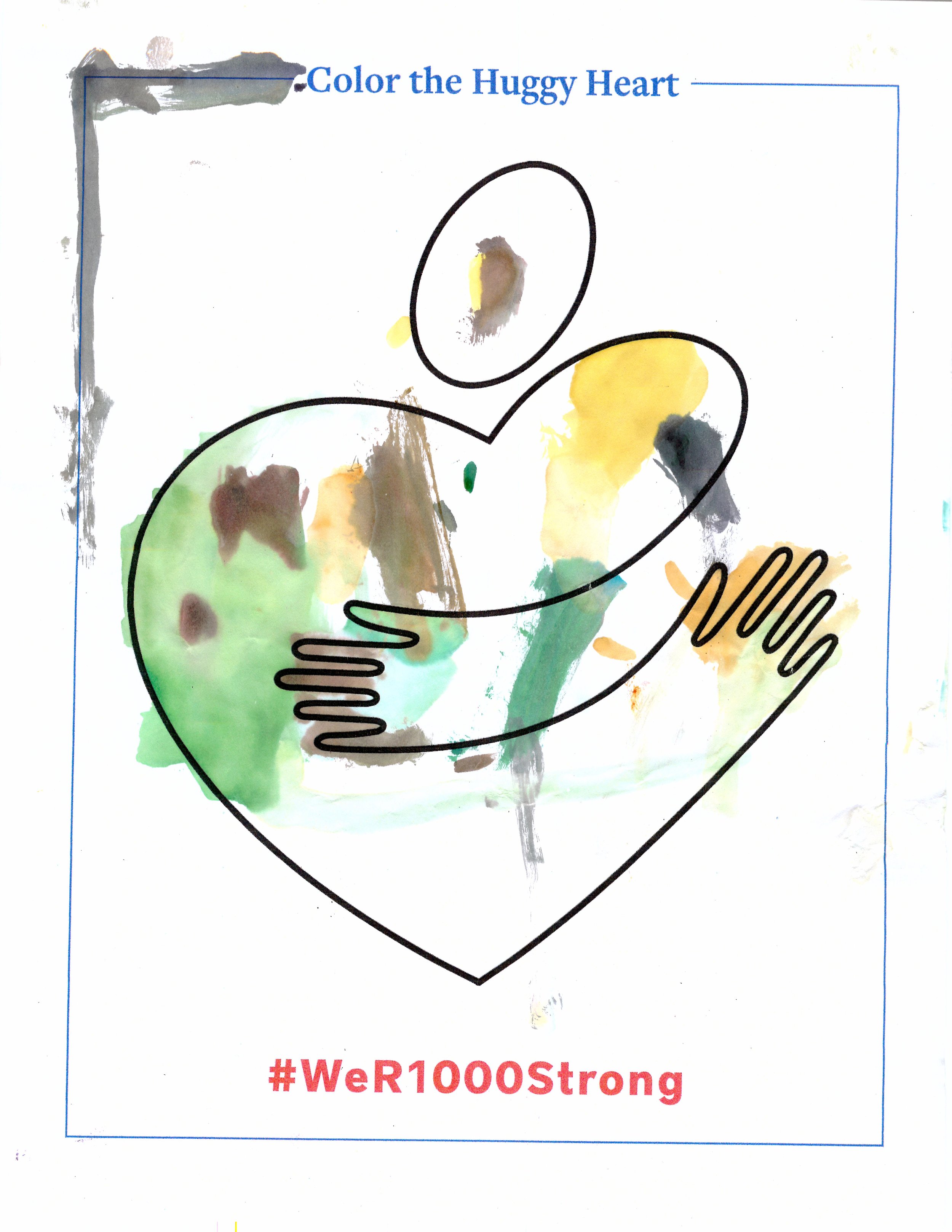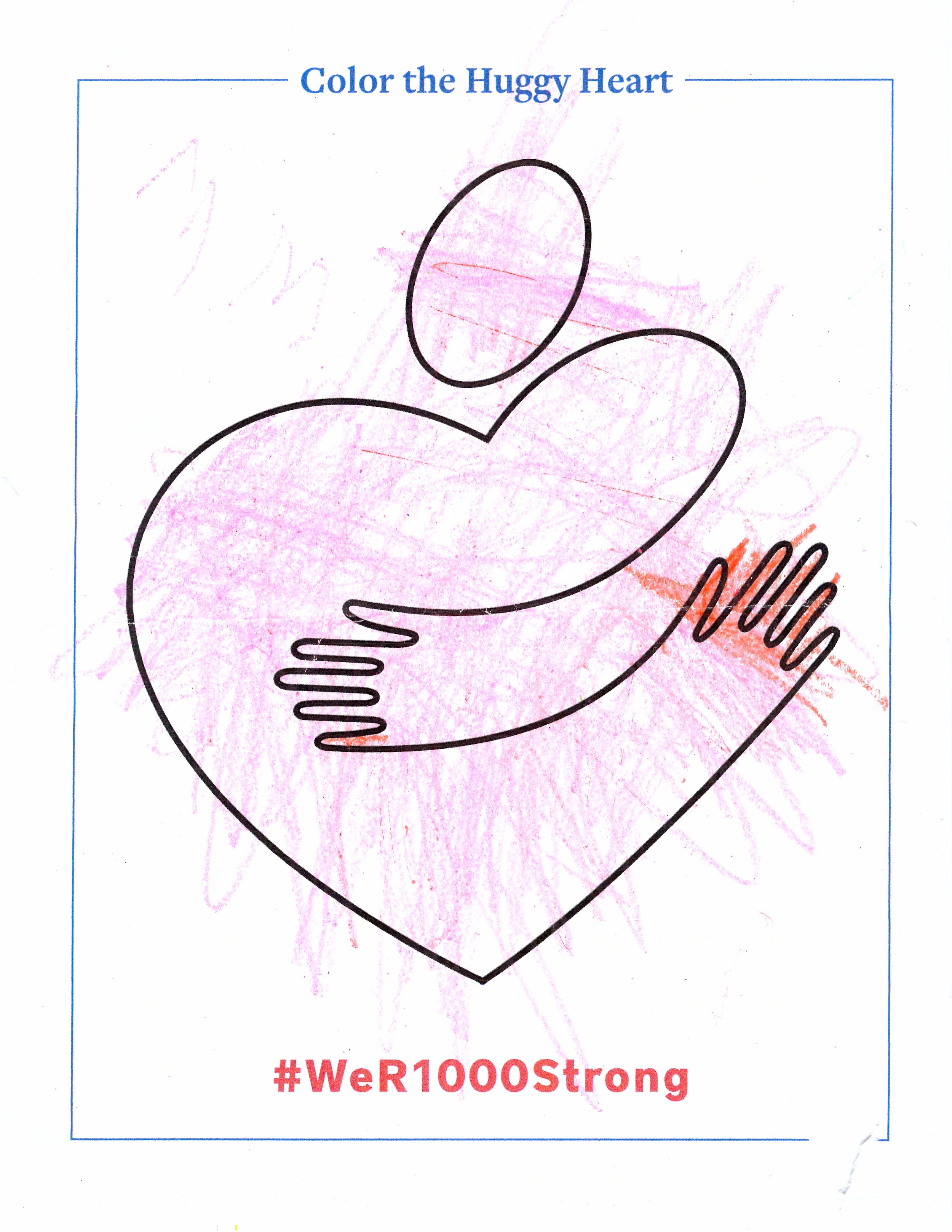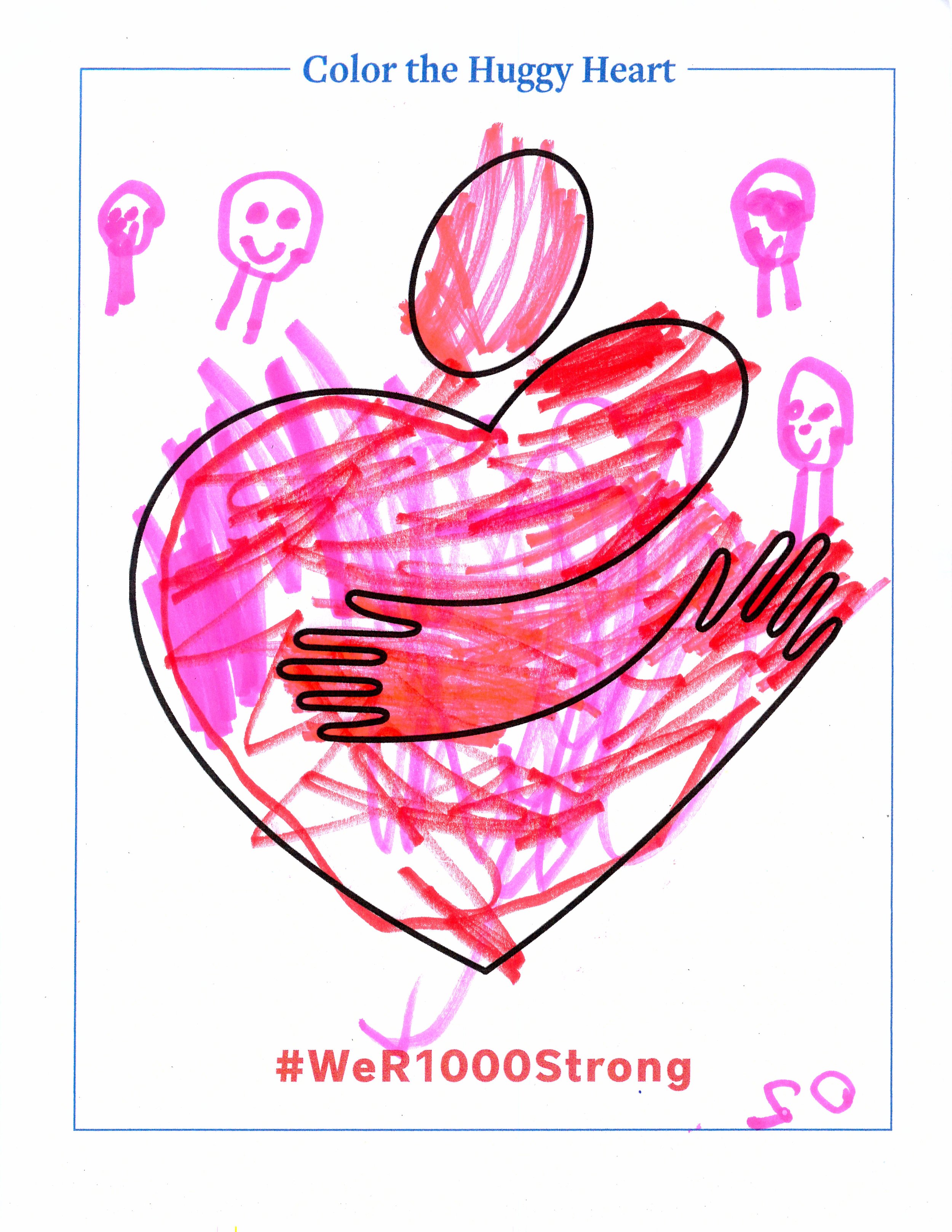60+ Years of Community Action
On August 20th, 1964, President Lyndon B. Johnson signed into law the Economic Opportunity Act, marking a pivotal moment in the United States’ War on Poverty. The EOA aimed to address the economic challenges faced by low-income Americans and create opportunities for them to improve their lives. This landmark legislation established several anti-poverty programs, including Job Corps, Head Start, and Community Action Programs.
The Community Action Programs, driven by organizations like JCEO, enabled local communities to formulate and execute their own approaches to alleviate poverty. These initiatives yielded positive results, as evidenced by the substantial decrease in the poverty rate from 19% in 1964 to 11.6% by 1973, within the decade following the enactment of the Economic Opportunity Act.
Why Community Action Matters
“Everyone can be great, because everyone can serve.”
- Martin Luther King, Jr.
Community Action Agencies (CAAs) have a rich history that is rooted in the fight against poverty and the pursuit of social justice. Click the dates below for an overview of the evolution of Community Action and the history of JCEO:
-
The Economic Opportunity Act is passed as part of President Lyndon B. Johnson's "War on Poverty" initiative. This act led to the creation of the Office of Economic Opportunity (OEO), and established Community Action Agencies as a vital component of the nationwide effort to address poverty at the local level.
The Joint Council for Economic Opportunity was initiated in the last quarter of 1964, starting as Clinton County’s official anti-poverty initiative.
-
The first CAAs are established across the United States, with the initial focus on providing comprehensive anti-poverty services to low-income individuals and families. These agencies work directly with communities to identify and address their unique challenges.
It is during this year that JCEO begins its quest for autonomy in order to better meet the requirements set by the Economic Opportunity Act, led by the organization’s first Chairperson, Col. Edward J. Galvin.
-
On July 13th, 1966, JCEO officially files documents of incorporation, allowing the organization to operate autonomously as a private nonprofit Community Action Agency.
-
CAAs play a crucial role in advocating for social change and equal rights, working alongside other civil rights organizations. They address issues such as housing discrimination, educational inequality, and employment opportunities for marginalized communities.
The Office of Economic Opportunity releases the OEO Instruction, which established the primary mission of Community Action, “to make the entire community more responsive to the needs and interests of the poor by mobilizing resources and bringing about greater institutional sensitivity,” and determined the three significant community groups with which CAA must work: the poor, the public sector, and the private sector.
In the decade following the passage of the EOA, the poverty rate fell from 19% in 1964 to 11.6% in 1973.
-
In this era, in order to adapt to changing social and economic values, Community Action Agencies expand services to include Weatherization and LIHEAP, and expand their role in housing development, family-development, home-ownership, youth programs, and small business programs. Emphasis is put on self-sufficiency and empowerment of individuals to break the cycle of poverty.
In 1981 the Community Services Administration, which replaced the Office of Economic Opportunity in the 1970’s, is disbanded and direct grants to Community Action Agencies are replaced with competitive block grants: Community Service Block Grants. The regulatory and funding basis of Community Action is changed to give state governments more control.
In 1987, the New York State Community Action Association (NYSCAA) was founded with the goal of providing New York Community Action Agencies with information, professional development, and technical assistance to enhance the capacity of agencies to serve as effective, responsive community resources.
-
CAAs become leaders in the development of innovative programs, collaborating with public and private sectors to address emerging challenges. These initiatives focus on areas such as affordable housing, early childhood education, healthcare access, and community development.
The CSBG Monitoring and Assessment Task Force produced a National Strategic Plan, identifying six goals that entities receiving CSBG funds must work to achieve:
Goal 1: Low-income people become more self-sufficient.
Goal 2: The conditions in which low-income people live are improved.
Goal 3: Low-income people own a stake in their community.
Goal 4: Partnerships among supporters and providers of service to low-income people are achieved.
Goal 5: Agencies increase their capacity to achieve results.
Goal 6: Low-income people, especially vulnerable populations, achieve their potential by strengthening family and other supportive systems.In 1998, JCEO successfully establishes a Head Start in Franklin County, the organization’s first step expanding its reach beyond Clinton County. The organization’s name is updated to include “of Clinton and Franklin Counties”.
-
CAAs embrace technology and digital literacy initiatives to bridge the digital divide, ensuring that low-income individuals have access to the tools and skills necessary for success in the digital age. They also continue to expand their efforts to address the root causes of poverty, including systemic barriers and inequality.
-
JCEO brings additional services, including food, transportation, and energy services to Franklin County.
Present Day: Community Action Agencies like JCEO remain at the forefront of community-based solutions, providing a wide array of services that address the multifaceted needs of individuals and families. We continue to collaborate with various community stakeholders, leverage resources, and adapt our programs to meet the ever-evolving challenges faced by our community.
Community Action Huggy Heart
❤️
Community Action Huggy Heart ❤️
The “Huggy Heart” logo was adopted by the National Community Action Partnership in 2002 and is still used today at the national, state, and local levels. You may recognize it as a part of the JCEO logo! JCEO is a proud member of the Community Action Partnership, which is the national hub linking the nation’s 1,000+ Community Action Agencies and State Associations to each other and to leaders who are looking for solutions that connect families to Community Action.
Want your art to be included? Click here to download a PDF of the Huggy Heart. You can mail your artwork to JCEO at 54 Margaret Street, Plattsburgh, NY 12901, attn: Ellie Jent.
Get Involved!
Want to be a part of the action? Join us in making a difference.
Volunteer with JCEO!
Donate your time… become a volunteer!
Work with JCEO!
Inspired? Join the JCEO workforce!
Donate to JCEO!
Donate goods or cash… every bit helps!
Find us on social media!
Tell the world - share about JCEO online!
